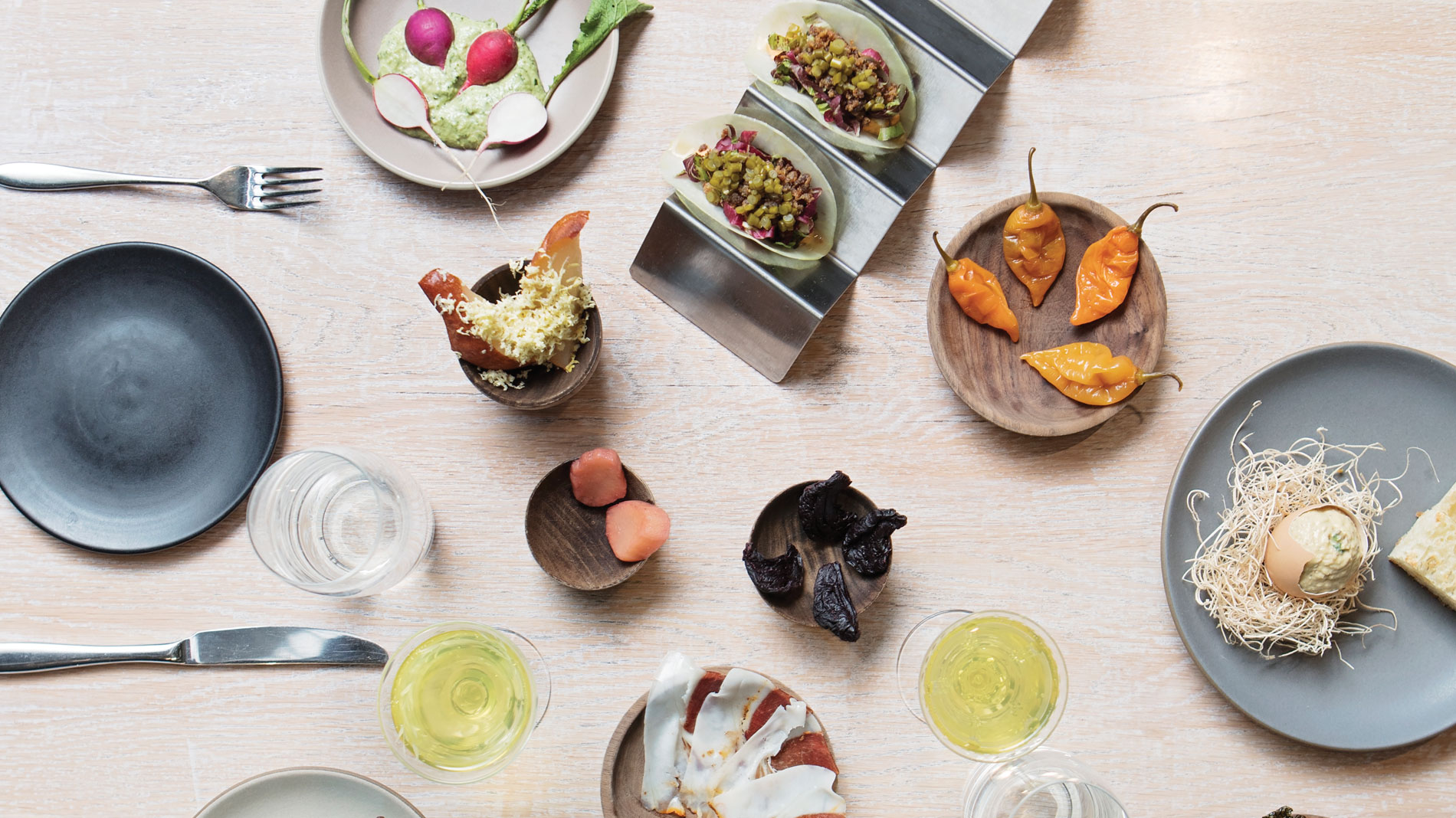East Asia, with its diverse cultures and rich culinary traditions, is a treasure trove of delectable dishes that captivate the taste buds. From the savory delights of China to the umami-rich flavors of Japan and the aromatic creations of South Korea, East Asian cuisine is a celebration of unique ingredients, cooking techniques, and cultural heritage. In this article, we will delve into the culinary landscape of East Asia, exploring the foods that people in this region hold close to their hearts.

Other interesting articles > 7 Easy-to-Cook American Signature Dishes
1. Chinese Dim Sum: A Symphony of Flavors and Textures
China, a vast and diverse country, boasts a culinary heritage that spans thousands of years. One of the most beloved culinary traditions is dim sum, a collection of bite-sized dishes served in small steamer baskets or on small plates. Dim sum encompasses a wide range of delicacies, including dumplings filled with various ingredients such as pork, shrimp, or vegetables, fluffy buns, and rice rolls. Popular dim sum items include har gow (shrimp dumplings), siu mai (pork dumplings), and char siu bao (barbecue pork buns). Dim sum is often enjoyed in a communal setting, making it a social and delicious experience.
2. Japanese Sushi: Elegance on the Plate
Japan’s culinary reputation is synonymous with precision, aesthetics, and a deep appreciation for fresh, high-quality ingredients. Sushi, perhaps one of the most iconic Japanese dishes, exemplifies these qualities. Sushi comes in various forms, including nigiri (hand-pressed sushi), sashimi (sliced raw fish), and maki (rolled sushi). The combination of vinegared rice, fresh seafood, and seaweed creates a harmonious and flavorful bite. From the simplicity of a classic nigiri to the artistry of a carefully crafted sushi roll, Japanese sushi reflects the country’s dedication to culinary craftsmanship.
3. South Korean Kimchi: A Spicy Fermented Tradition
In South Korea, no meal is complete without kimchi, a staple side dish made from fermented vegetables, usually Napa cabbage and Korean radishes, seasoned with chili pepper, garlic, ginger, and other flavorful ingredients. Kimchi is not just a condiment; it is a cultural symbol that adds depth and complexity to Korean cuisine. With its spicy, tangy, and umami-rich profile, kimchi is not only enjoyed on its own but also used as an ingredient in various Korean dishes, from stews to fried rice.
4. Taiwanese Beef Noodle Soup: A Bowl of Comfort
Taiwanese cuisine, influenced by Chinese flavors and indigenous ingredients, has gained recognition for its unique and comforting dishes. One standout is Taiwanese Beef Noodle Soup, a hearty and flavorful bowl that showcases tender beef, chewy noodles, and a rich broth infused with spices such as star anise and cinnamon. This dish is a testament to the Taiwanese people’s love for bold flavors and nourishing meals.
5. Vietnamese Pho: A Fragrant Elixir
Vietnam’s culinary landscape is marked by its fresh herbs, vibrant flavors, and the iconic dish known as pho. Pho is a fragrant noodle soup featuring rice noodles, broth, and a choice of protein, commonly beef or chicken. The broth, simmered to perfection with spices like cinnamon, star anise, and cloves, is the heart of this dish. Served with a variety of fresh herbs, bean sprouts, and lime, pho is a harmonious blend of textures and tastes that has captured the hearts and palates of people around the world.
6. Mongolian Hot Pot: A Communal Feast
Mongolian hot pot, also known as shabu-shabu in Japan or Chinese hot pot, is a communal dining experience that involves cooking raw ingredients in a simmering pot of seasoned broth at the center of the table. Thinly sliced meat, fresh vegetables, and various dipping sauces create a customizable and interactive feast. This hot pot tradition fosters a sense of community and togetherness, making it a cherished culinary experience in East Asia.
7. Thai Tom Yum: A Flavorful Spicy-Sour Soup
Thailand, known for its bold and aromatic flavors, offers the tantalizing Tom Yum soup. This spicy and sour broth is infused with lemongrass, kaffir lime leaves, galangal, and chili. Creating a flavor profile that is simultaneously vibrant and comforting. With the addition of shrimp, mushrooms, and other ingredients, Tom Yum is a beloved Thai dish. That exemplifies the balance of sweet, sour, salty, and spicy flavors.
In conclusion, the culinary delights of East Asia are a reflection of the region’s rich cultural tapestry and diverse landscapes. From the delicate artistry of Japanese sushi to the bold and spicy flavors of Korean kimchi. Each dish tells a story of tradition, innovation, and the joy of sharing a meal. As you embark on a culinary journey through East Asia, savor the flavors, embrace the diversity. And enjoy the communal spirit that makes each dish a cherished part of the region’s gastronomic heritage.
Other interesting articles > 7 Best Dishes in Chili